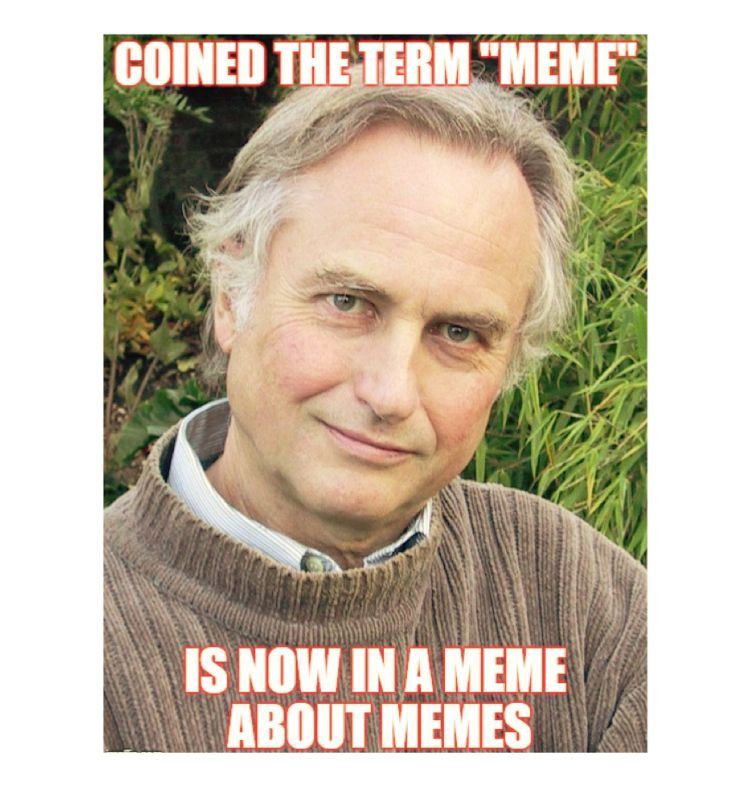How internet memes spread and stick
Introduction into memes and internet memes. Why does this particular content spread and stick as they do?

Memes to me, as a medium, resemble cartoons and also propaganda posters. They are very visual, have a compact message and are often easily altered, shared and remembered.
They are complex in the sense that you often need to be an insider to the references that are made. In this article, I stay on the surface and describe what a meme is and speculate why it is so contagious.
Meme as a word
The word "meme" was coined by Richard Dawkins, an evolutionary biologist, in his 1976 book "The Selfish Gene." In the book, Dawkins proposed the concept of the meme as a unit of cultural transmission, analogous to the way that genes transmit biological traits from one generation to the next.
According to Dawkins, a meme is an idea, behaviour, or style that spreads from person to person within a culture. Memes can include anything from a catchy phrase to a fashion trend to a piece of technology. The word "meme" is derived from the Greek word "mimema," which means "something imitated."
Since its inception, the concept of the meme has evolved and been adapted to describe a wide range of phenomena, including the spread of Internet memes and other forms of viral content.
Today, the word "meme" is used colloquially to describe any idea, behaviour, or style that becomes widely popular or influential through repetition or imitation.

Why are internet memes so contagious?
Memes are so contagious because they tap into basic human desires and emotions. Many memes are humorous and are designed to be easily understood and shared with others. They often use cultural references, jokes, and other forms of humour to make them more relatable and appealing to a wide audience.
In addition, memes are often designed to be easy to share, either through social media platforms or through more traditional means such as text or email. This makes it easy for people to pass them along to their friends and family, leading to their rapid spread.
Finally, memes often have an element of surprise or novelty, which can make them more memorable and more likely to be shared. All of these factors contribute to the contagious nature of memes and help to explain why they are so popular and widely shared.

Picture Superiority Effect
Compared to other cultural expressions like tweets, a meme has an advantage because it is a picture and that can have a superior effect on memory.
The Picture Superiority Effect is a phenomenon in psychology that refers to the idea that people are more likely to remember and recall information when it is presented to them in the form of an image or picture, rather than in the form of text.
This is thought to be because pictures and images are more easily processed and encoded by the brain than text, and because they can provide contextual and visual cues that help to anchor the information in memory.
Research has shown that the Picture Superiority Effect can lead to better learning outcomes, particularly when it comes to complex or abstract concepts.
Internet memes are often designed to be visually appealing and to convey a message or concept using a combination of text and images. As such, it is possible that the Picture Superiority Effect could play a role in the effectiveness of internet memes in communicating ideas and information.



